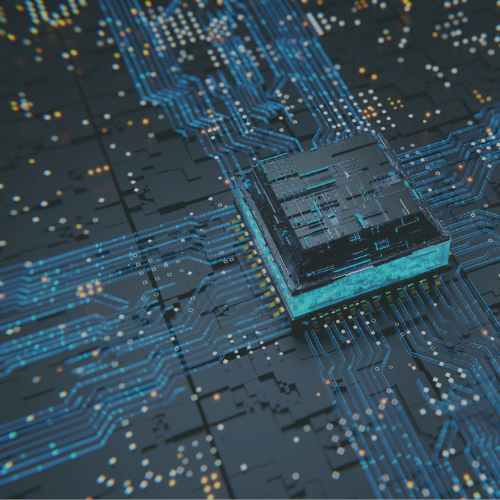The S-Curve
The S-curve, or business life cycle, is a framework that illustrates the growth and adoption of innovations, technologies, or businesses over time through four distinct stages. Known as the S-Curve of Innovation or Growth, it represents a sigmoid (S-shaped) trajectory modeled mathematically by the logistic curve, showing how one variable grows in relation to another over time. This framework highlights how structural earnings growth, a hallmark of the S-curve, drives sustained stock price growth.
-
Early-stage companies, often backed by venture capital (VC), are characterized by their focus on product development, initial market entry, and efforts to achieve early traction. While revenue growth during this phase is typically exponential due to a small initial revenue base and rapid adoption by early customers, substantial investments in research and development (R&D), marketing, and operations frequently lead to negative earnings and an absence of surplus cash flow, as these companies essentially begin from scratch.
-
In the growth phase, a business concentrates on scaling operations and deepening market penetration to capture a larger market share. This stage is characterized by improved operational leverage, improved increasing free cash flows, reduced financial gearing and growing earnings, though earnings visibility can be volatile as the company continues to capture market share.
-
Growth rates slow to sustainable levels as market penetration peaks and competition is intensive. Revenue growth becomes steadier and more predictable, driven by incremental improvements, cost efficiencies, and diversification efforts. Surplus cash flow is strong, often directed toward maximizing shareholder value through dividends, share buybacks, or strategic investments.
-
Revenue and market share decline as the product or business becomes obsolete or faces competition from newer alternatives. Earnings growth turns negative, and surplus cash flow diminishes as demand contracts. Companies may pivot to new innovations, reduce operations, or divest from the declining product lines to sustain profitability.
The Fourth Industrial Revolution: A New Era of Transformation
Industry 4.0, the Fourth Industrial Revolution, represents a transformative shift driven by the integration of advanced digital, physical, and cyber technologies. Building on Industry 3.0’s focus on digitization, automation, and the widespread adoption of computers and semiconductors, Industry 4.0 advances further with AI, the Internet of Things (IoT), advanced robotics, and big data. These technologies enable real-time decision-making, autonomous systems, and smarter manufacturing, reshaping sectors like Advanced Computing, Next-Gen Industry, and Disruptive Healthcare.
The evolution from Industry 1.0 (mechanization and steam power) to Industry 2.0 (electrification and mass production) laid the groundwork for the digital revolution of Industry 3.0, where computers and semiconductors played a pivotal role in automating tasks and transforming business operations. Despite the shift to Industry 4.0, Industry 3.0 technologies—such as eCommerce, digital payments, and advertising—continue to evolve, driving change and adapting to emerging consumer behaviors.
While Industry 4.0 introduces smarter, autonomous systems, the ongoing evolution of Industry 3.0 ensures digital transformation remains a continuous process, especially in healthcare, banking, and advertising. Together, these developments will accelerate the transition to more efficient, interconnected systems that shape the future of global economies.







